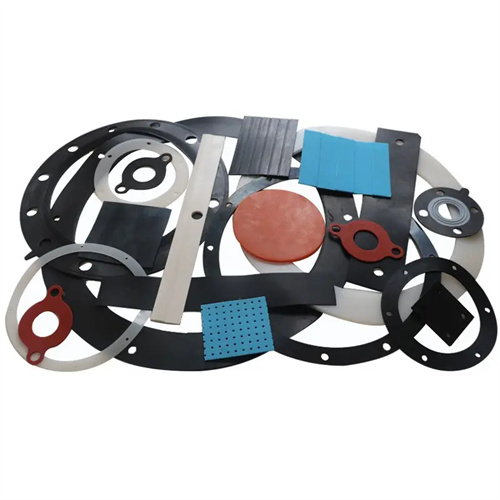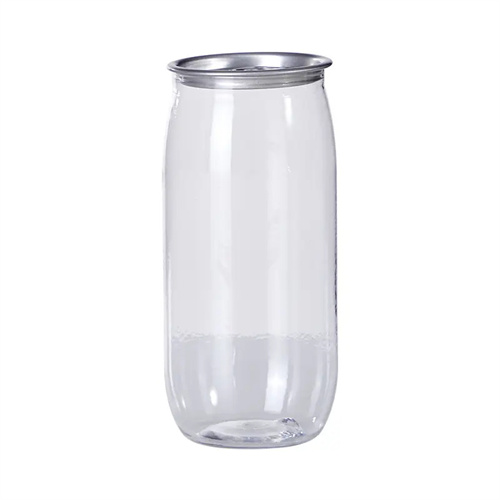Molding process requirements for plastic products
The molding processability of plastic products refers to the plastic material’s adaptability to specific molding methods (such as injection molding, extrusion, and blow molding). It directly determines production efficiency, product quality, and production costs, and is a crucial factor in product design and material selection. Good processability means the material is easy to mold (e.g., smooth filling and easy demolding), has few defects (e.g., no flash or sink marks), and has a wide tolerance to parameters (e.g., minimal impact on quality from temperature and pressure fluctuations). For example, PP has excellent injection molding processability, maintaining stable quality even with parameter fluctuations of ±10%. PVC, on the other hand, has poor processability, easily degrading at high temperatures and lacking fluidity at low temperatures, requiring parameters to be strictly controlled within ±5%. Molding processability requirements must be determined based on a comprehensive consideration of material properties, product structure, and molding equipment.

Material processability requirements primarily include melting temperature range, fluidity, thermal stability, and shrinkage. Materials with a wide melting temperature range (e.g., PE, which melts between 100-130°C) offer excellent processability due to ease of temperature control. However, materials with a narrow melting temperature range (e.g., POM , which melts between only 10°C) require precise temperature control to avoid thermal degradation or insufficient fluidity. Fluidity must be tailored to the product structure: Thin-walled plastic parts (thickness ≤ 1mm) require high-fluidity materials (MFR ≥ 20g/10min), such as PE and PS; thick-walled plastic parts (thickness ≥ 5mm) can use medium- to low-fluidity materials (MFR 5-10g/10min), such as ABS and PC. Thermal stability refers to a material’s resistance to degradation at molding temperatures. For example, PVC readily decomposes above 180°C and requires the addition of a heat stabilizer. PEEK, on the other hand, can be stably molded at 380°C, offering a wide process window. Materials with stable and minimal shrinkage (e.g., modified POM, which shrinks 0.5±0.1%) offer better processability and can reduce dimensional deviation.

The processability requirements of product structures must adhere to the principles of “easy filling, easy demolding, and uniform cooling” to avoid design flaws that can lead to molding difficulties. Wall thickness must be uniform, with a maximum to minimum wall thickness ratio of ≤3:1. Otherwise, uneven cooling can cause sink marks or bubbles. For example, a sudden change in wall thickness from 2mm to 6mm on a plastic part resulted in bubbles with a diameter of 3mm in the thick wall. This defect was eliminated by adopting a gradual wall thickness change. Corners should be rounded (R ≥ 0.5mm) to reduce stress concentration and lower melt flow resistance. Right-angled corners can reduce melt flow by 30%, which can easily lead to weld marks. The draft angle should be sufficient: 1°-2° for crystalline plastics (such as PP) and 0.5°-1° for amorphous plastics (such as PS). Otherwise, demolding will be difficult and the part surface may be scratched. For example, a box-like part with a draft angle of only 0.3° exhibited scratches on the sidewall during demolding. Increasing the draft angle to 1° eliminated the scratches. Avoid undercut structures. If it must be set up, a core-pulling mechanism must be used, and the core-pulling distance must be ≥ 1.5 times the undercut depth to ensure smooth demoulding.

Injection molding processability requirements include proper gate design, venting, and cooling systems. The gate position must minimize the melt flow path and ensure symmetry. For example, a center gate should be used for rectangular parts to prevent uneven melt flow. Gate size must be compatible with the material’s fluidity. For high-flow materials (such as PE), the gate diameter should be 1-2mm, while for low-flow materials (such as PC), the gate diameter should be 3-5mm. The venting system requires venting slots with a depth of 0.02-0.05mm and a width of ≥10mm at the final melt filling point (such as cavity corners or rib ends) to ensure smooth air evacuation. Otherwise, burning and material shortages may occur. For example, a gear mold frequently exhibited scorch marks at the tooth root due to the lack of venting slots. After adding venting slots, the defect rate dropped from 25% to 1%. The cooling system should be evenly distributed along the cavity, with water channels 8-12mm in diameter and 30-50mm center-to-center. This ensures a temperature difference of ≤5°C across the part and a reasonable cooling time (typically 30-40 times the wall thickness, measured in seconds).

The processability requirements of other molding methods require targeted design to ensure they match the material’s properties. Extrusion molding requires high material melt strength (e.g., PE melt strength ≥20 cN) to prevent breakage during drawing, and uniform flowability to ensure stable cross-sectional dimensions of the extrudate. Blow molding requires good melt ductility (e.g., PET stretch ratios of up to 3-4 times) and uniform wall thickness distribution to avoid cracking at thin spots. Compression molding requires appropriate shrinkage and flowability to ensure complete cavity filling and dimensional stability after demolding. For example, when blow molding plastic bottles, the material must exhibit sufficient ductility in the molten state and quickly set after cooling. PET is the preferred material because it meets these requirements. PVC, however, has low melt strength and is prone to bottom collapse during blow molding, requiring special modification for its application. Regardless of the molding method, processability must be verified through trial molds. Product structure or material adjustments should be made to address any defects (e.g., underfill and dimensional deviation) until production requirements are met.
